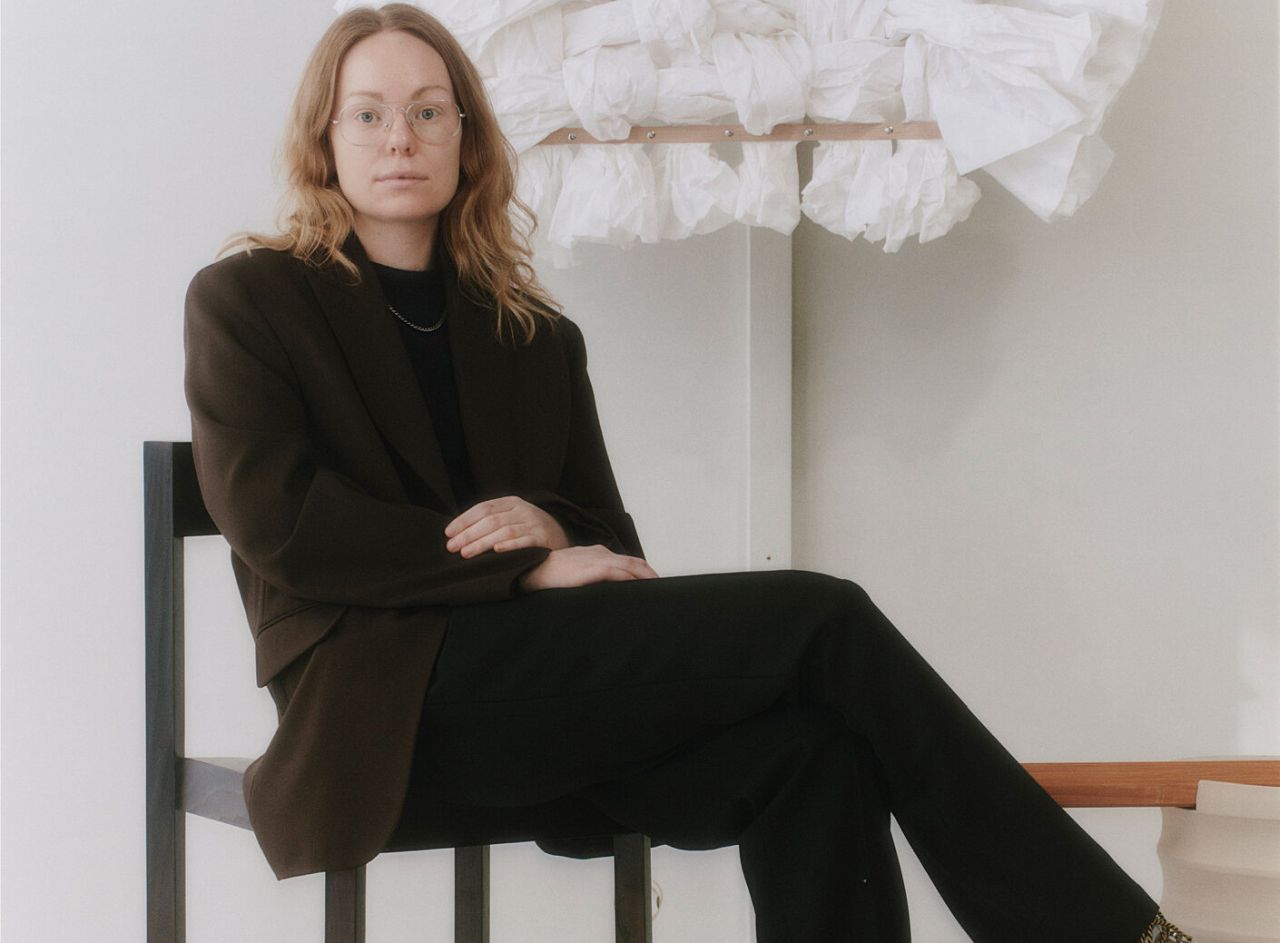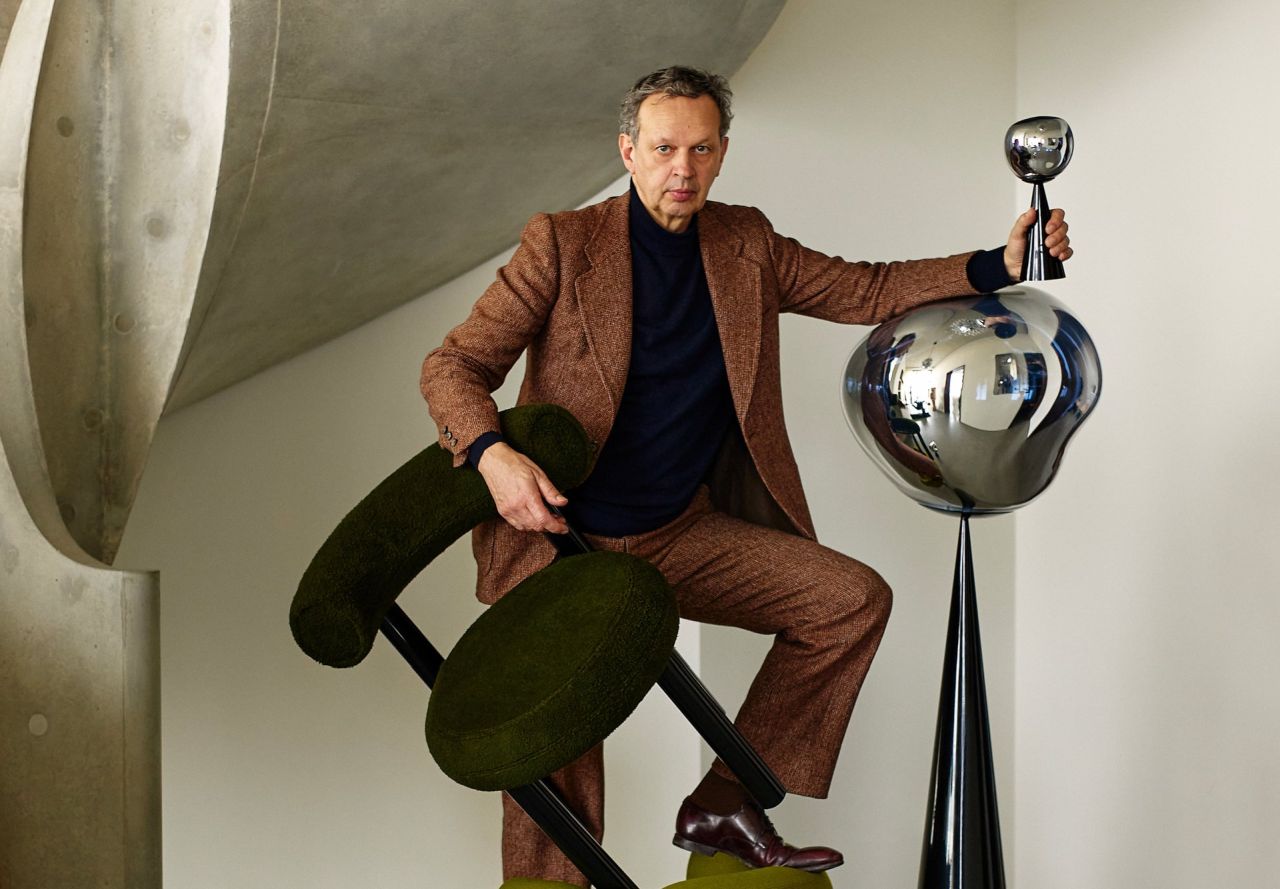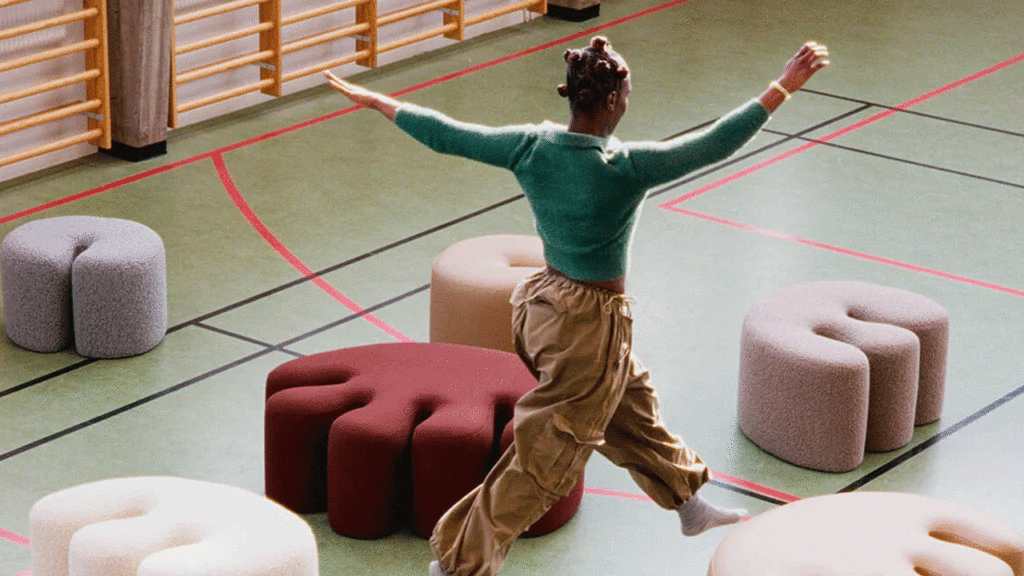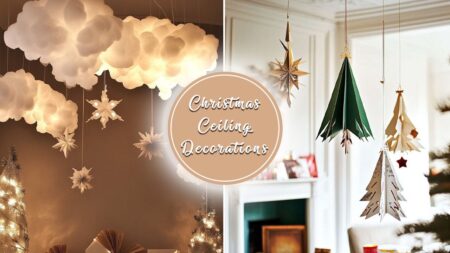No visit to Denmark is complete without a nod to Hamlet. The character is so well written by Shakespeare, and equally well received by literary critics, that the fictional prince of Denmark sparks a conversation at every major literary, theatrical, and film event in the country. But what possibly could be the connecting dots between Hamlet and a recently concluded design fair in Copenhagen?
To some, it’s the proximity of sharing the same land, but for those who finished exhibiting at 3daysofdesign, it was the timeless dilemma, “to be or not to be,” which found a reimagination as “to design or not to design-with filters of aesthetics.” That is the question!
Just as Hamlet deals with the nature of existence, so too does design confront its core identity. Is design fundamentally about its inherent function, its unadulterated purpose, its raw being? Or is it inextricably linked to the filters of aesthetics, the beauty, the style, the visual appeal that often defines our perception of it?
To put it in a simpler way, is a chair design ‘honest’ or ‘complete in itself’ (if I may use the word for literary connotation), if it perfectly supports your back and holds your weight, even if it’s an absolute eyesore? Or does its honesty, its very essence, only fully emerge when it’s also pleasing to the eye, when those “filters of aesthetics” ranging from color palette and appealing textures to intentional use of shapes and materials, are lovingly applied?
I try to seek the answer to the question at 3daysofdesign, which recently concluded in Copenhagen. For those who have visited the Danish capital, know for a fact that the city’s exquisite design heritage and forward-thinking aesthetic provide a fascinating backdrop to this philosophical inquiry. The city and its people stand as a living example of how aesthetics can elevate function and how form can enhance experience. Yet, it also prompts us to ask: If a chair is perfectly ergonomic and structurally sound but visually unappealing, is it honest design? Or does its honesty lie in its functional truth, regardless of aesthetic judgment?
Hamlet’s soliloquy is a contemplation on the perceived burdens and benefits of life and death. Similarly, designers often face a choice: to prioritize an unvarnished, purely functional solution (the “to be” of pure utility) or to embrace the filters of aesthetic refinement that make a design desirable and marketable (the “not to be” of a utilitarian object, transformed by art).
The essence of this inquiry is beautifully explained by artist designer Jojo Corvaia, who finished exhibiting at the RUE VERTE showroom in Denmark during 3daysofdesign. “Design is most honest when born from intuition, not from trend. It doesn’t seek approval. It can be raw, imperfect, silent, or bold, but always sincere-in how we arrange our space, prepare a meal, or choose our words-when we stop editing to impress, we start creating things that truly live,” he tells me.

Lærke Ryom, who was showcasing products at the ‘Bread and Butter Exhibition’ in Denmark, reflects on the sentiment, suggesting that “design in its most honest form reveals itself through clarity of intention, when craft, function, and material are aligned without unnecessary embellishment.” “It’s not about the absence of aesthetics, but rather when aesthetics arise naturally from how something is made and why,” she articulates.

ANA KRAŠ, another exhibitor at 3daysofdesign, further adds a relevant point to the topic, “To me, design is a simple yet new way of making an object. It reflects the designer’s taste and thought process, and it reflects curiosity about material or shape. It should not consider the trend. It should be innovative in one way or another.”

Lærke’s, Jojo and Ana’s perspectives offer a nuanced view, where aesthetics are not an imposition but an organic outgrowth of honest creation. In the literary connotation, it’s the “to be” of design and a defiance of the “not to be” of conformity, where form and function are so intrinsically blended that their beauty is an inherent quality, not an applied veneer.
Yet, renowned designer Tom Dixon introduces a crucial counterpoint, questioning the very premise of “honest” in this context. “I’m not sure honest is the correct word in this,” he tells me. “In principle, it could exist in a purely functional engineering world with no concession to aesthetics, but then it might just be described as engineering. After all, design is a recently invented word that was previously called decorative arts, so aesthetics have always been part of it, and counterintuitively, the more honest it is, the more aesthetically pleasing, as in Dieter Rams et al.”

Dixon challenges the notion of a truly unadorned design, suggesting that aesthetics are not an optional filter but an intrinsic component of what we define as “design.” If design exists purely as engineering, stripped of all aesthetic considerations, then perhaps it ceases to be “design” and becomes something else entirely.
As visitors finish navigating the showrooms and exhibitions of 3daysofdesign and exhibitors start boarding flights to their respective nations, they face the very question. Are the impeccably crafted Danish chairs, the minimalist lighting fixtures from Scandinavia, expressions of pure, unadorned honesty, or are their aesthetics so deeply ingrained that they are inseparable from their perceived truth? The dilemma, much like Hamlet’s, is not easily resolved.
Follow Homecrux on Google News!




